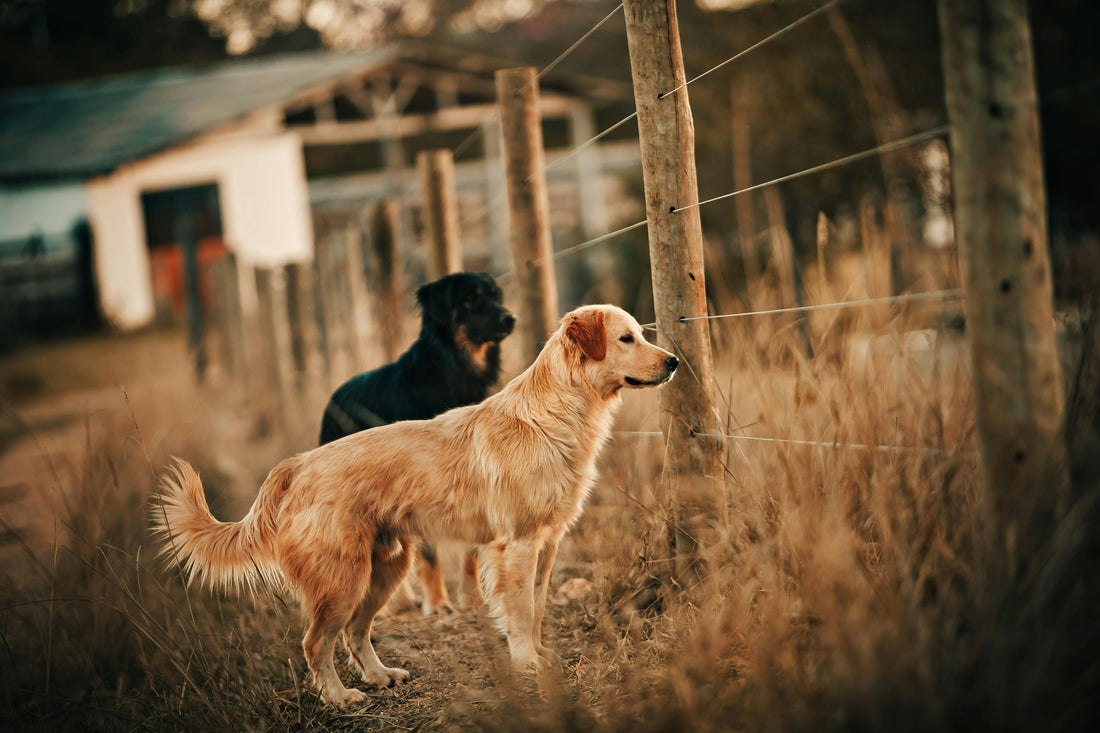Dogs are inherently social animals, evolving from ancestors that lived and hunted in packs. This social nature has endowed them with a rich repertoire of body signals to communicate effectively. By understanding these signals, you can better comprehend your dog's emotions and desires. Here are answers to some common questions about dog body language to help you better understand your furry friend.
How Can I Tell if My Dog is Happy?
A happy dog is usually easy to spot. Look for these signs:
- Wagging Tail: A classic indicator of joy.
- Relaxed Ears and Soft Facial Features: Indicate contentment.
- Downward Dog Stretch: Often a morning greeting, showing they’re ready for the day.
- Engagement in Activities: Playing, exploring, or seeking affection are all signs of a happy, relaxed dog.
How Does a Dog Show Affection?
Dogs have several ways to show affection:
- Licking: They lick to say hello, invite play, or show submission.
- Watching You: Establishing eye contact and responding to your voice strengthens your bond.
- Playfulness: Inviting you to play with bouncy movements, spinning, jumping, and sometimes playful barks or growls.
Why Does My Dog Sit and Stare at Me?
Your dog’s stare can mean different things depending on their body language:
- Playfulness or Attention-Seeking: Accompanied by alertness and energy.
- Aggression or Fear: Rigid posture, growling, and baring teeth.
- Affection: A relaxed state and eye contact signify affection and a desire to be near you.
Is My Dog Depressed?
While dogs don’t experience depression like humans, they can become sad and withdrawn. Signs include:
- Lack of Tail Wagging: When they see you.
- Ears Drawn Back: Indicating concern.
- Inactivity and Isolation: If prolonged, consult a vet to rule out illness.
What Are the Signs of Stress in a Dog?
Stress signals in dogs range from subtle to severe:
- Calming Signals: Slow blinking, lip licking, and yawning are early signs of discomfort.
- Anxious Body Language: Flattened ears, tucked tail, hunching, and avoiding eye contact.
- Aggressive Signs: Rigid muscles, raised fur, bared teeth, and direct staring.
Is My Dog Aggressive?
Aggression often stems from fear and is characterised by:
- Rigid Posture and Tail Tucking: Similar to anxious dogs.
- Showing Teeth and Growling: Indicates a readiness to bite.
Dominant Dog Body Language
- Strong, Positive Posture: Alert with rigid muscles and a wagging tail.
- Raised Fur and Direct Eye Contact: Often with a closed mouth or soft growl.
Submissive Dog Body Language
Submissive dogs display two types of behavior:
- Active Submission: Slowly approaching with licking or nuzzling.
- Passive Submission: Staying still, avoiding eye contact, and possibly whining.
Rewarding Good Behavior
Understanding dog body language helps you reinforce desirable behaviours. Use positive reinforcement, like treats and praise, to encourage good habits. This method strengthens your bond and helps your dog learn household rules without stress.
Conclusion
Recognising and interpreting your dog’s body language enhances your ability to meet their needs and fosters a stronger bond. By observing their signals and responding appropriately, you can ensure a happier and healthier relationship with your canine companion.

